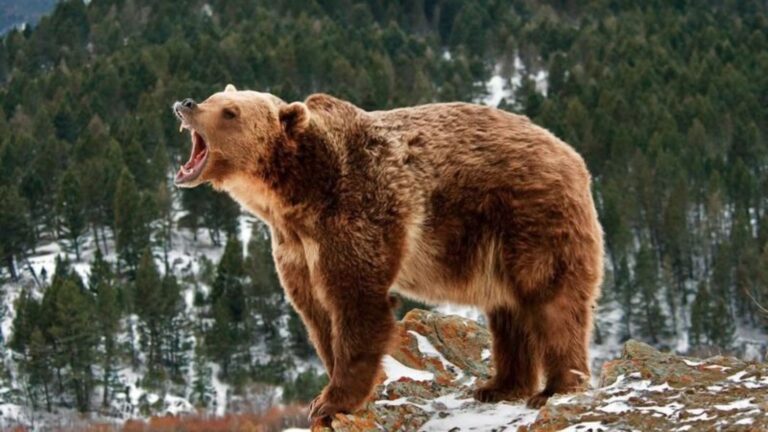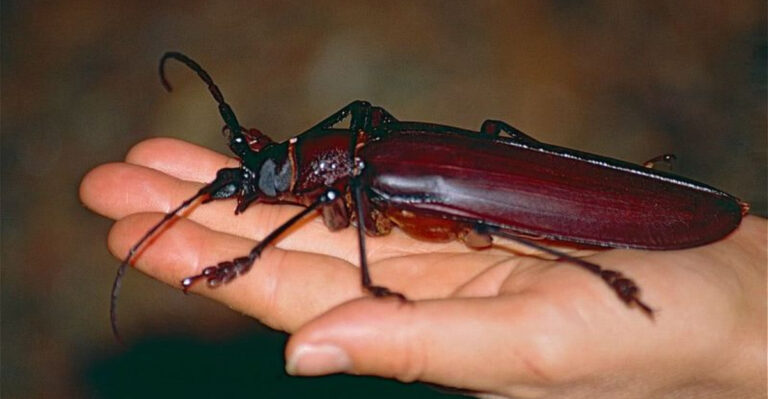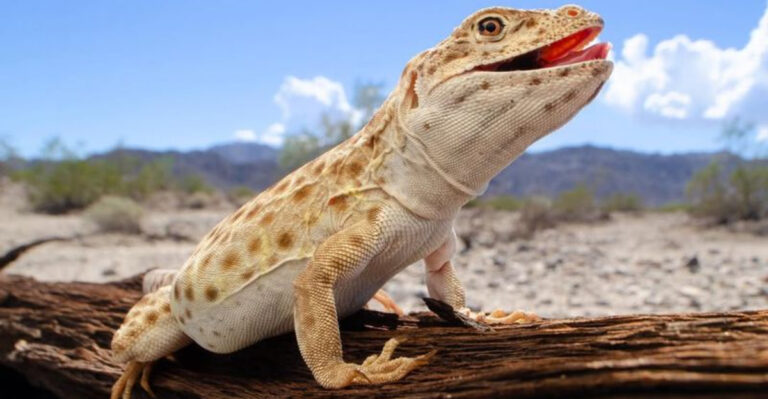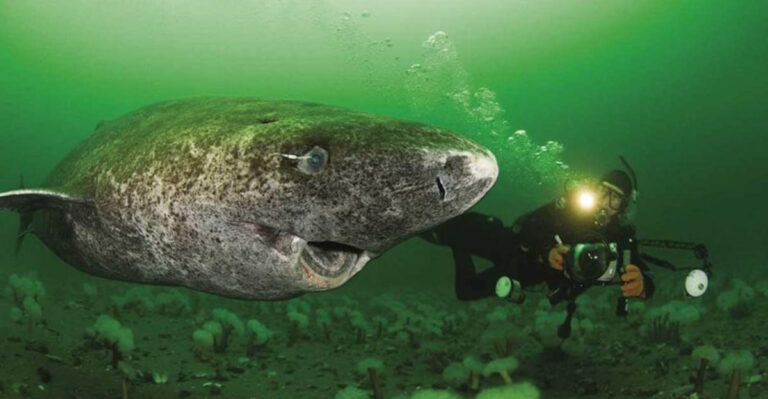12 Dangerous African Animals That Are Widely Misunderstood
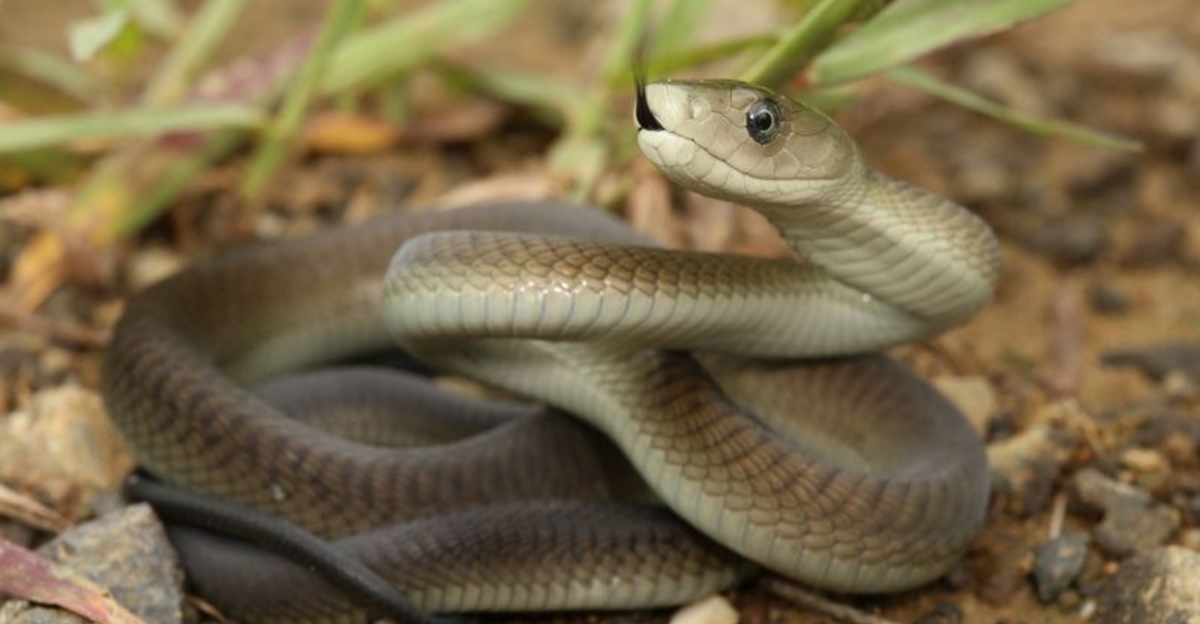
Africa’s wilderness harbors creatures that both fascinate and frighten us. Many animals we label as dangerous actually avoid human conflict whenever possible.
Their fearsome reputations often stem from defensive behaviors rather than aggression. Let’s explore these misunderstood animals and learn why they deserve our respect rather than fear.
1. African Elephant
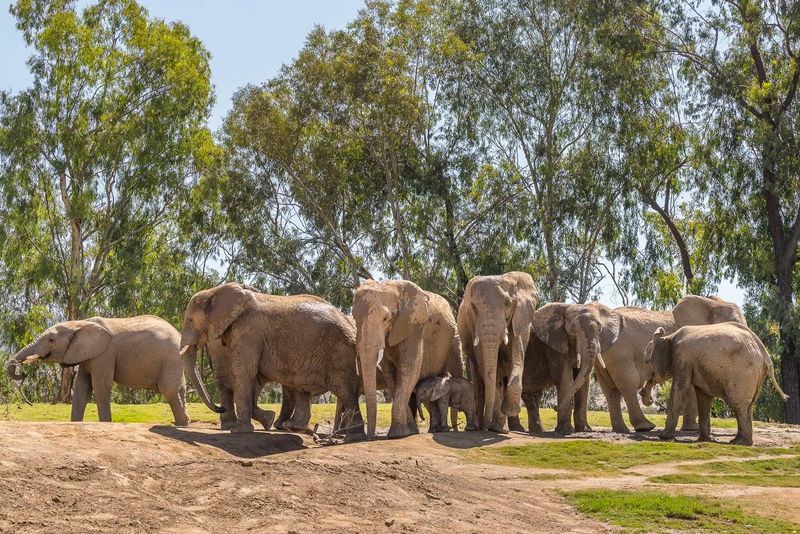
Standing up to 13 feet tall, these intelligent giants rarely attack without warning. Most aggressive encounters happen when mothers feel their calves are threatened or when males experience musth, a period of heightened testosterone.
Despite their imposing size, elephants typically give clear warning signs before charging, including ear-flapping and trunk-raising.
2. Crocodile

Masters of patience, Nile crocodiles can wait motionless for hours before striking. Their bite force exceeds 5,000 pounds per square inch—strong enough to crush bones instantly.
Contrary to popular belief, these ancient reptiles don’t actively hunt humans. Most attacks occur when people wash clothes or gather water at the same spots crocodiles frequent.
3. Cape Buffalo
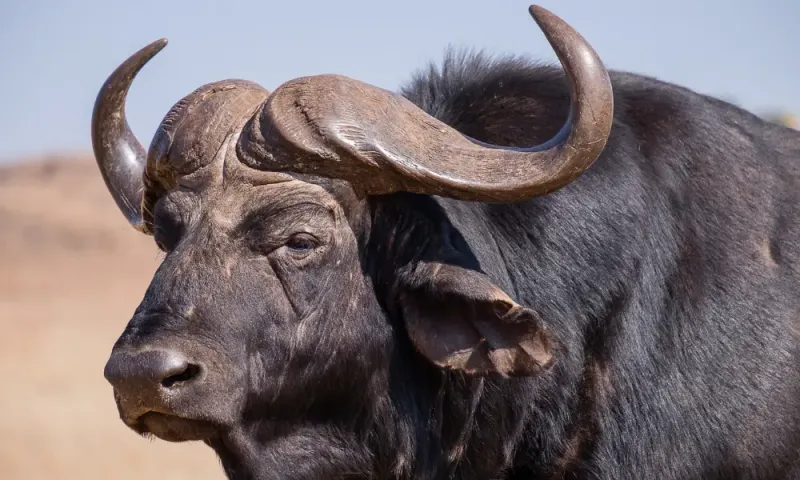
Nicknamed ‘the black death’ by hunters, these massive bovines have earned their fearsome reputation through sheer determination. When wounded or cornered, they’ll often circle back to ambush their pursuers.
Cape buffaloes possess remarkable memories, recognizing threats and holding grudges against those who’ve harmed their herd members.
4. Hippo
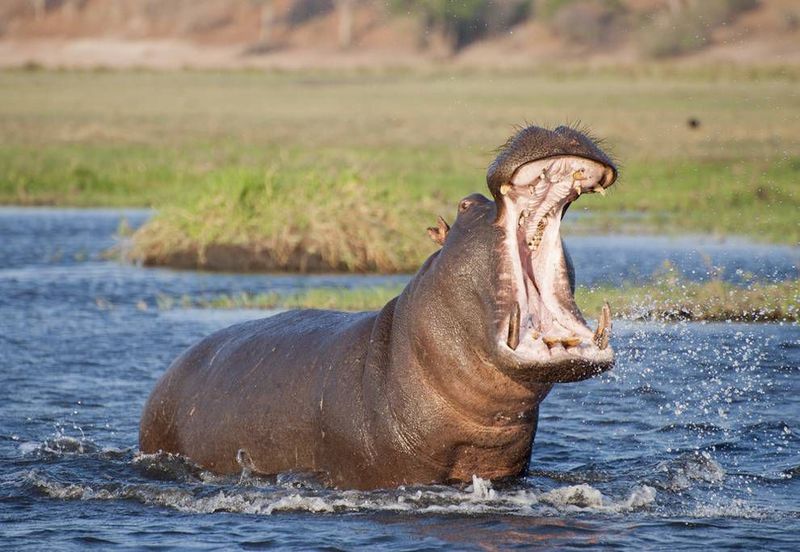
Territorial guardians of Africa’s waterways, hippos kill nearly 500 people annually. Despite their rotund appearance, they can sprint at 30 mph on land—faster than Olympic sprinters!
Hippos aren’t actually aggressive without reason. They simply defend their space vigorously, especially when protecting young or when boats intrude on their aquatic territory.
5. Black Mamba

Contrary to their name, these deadly serpents aren’t black—their mouths are. Moving at speeds up to 12.5 mph, they’re Africa’s fastest snake, capable of delivering multiple strikes in seconds.
Black mambas prefer escape over confrontation. Most bites occur when they’re cornered or surprised by humans who accidentally step too close.
6. Lion

Social hunters with complex pride dynamics, lions rarely view humans as natural prey. Male lions sport magnificent manes that signal strength to rivals and attract females.
Most lion attacks on humans occur during drought periods when natural prey becomes scarce. Healthy prides with adequate hunting grounds typically give humans wide berth.
7. Leopard
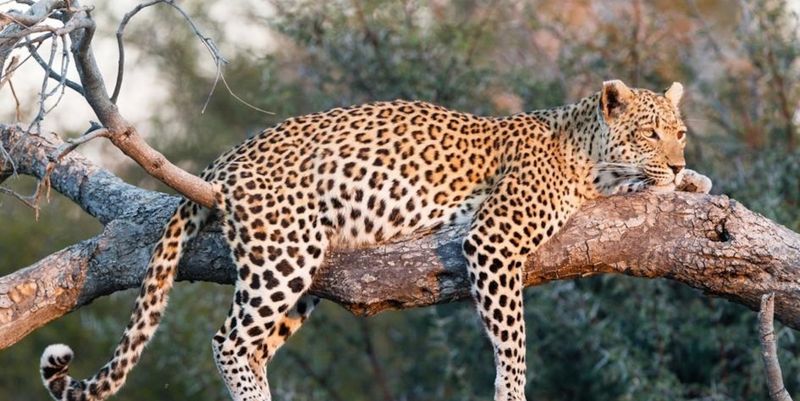
Pound for pound, leopards rank among Africa’s strongest predators. Their incredible strength allows them to hoist kills weighing up to three times their body weight into trees.
Secretive by nature, leopards actively avoid human encounters. Their remarkable adaptability helps them survive in diverse habitats from mountains to deserts, often living undetected near human settlements.
8. Spotted Hyena
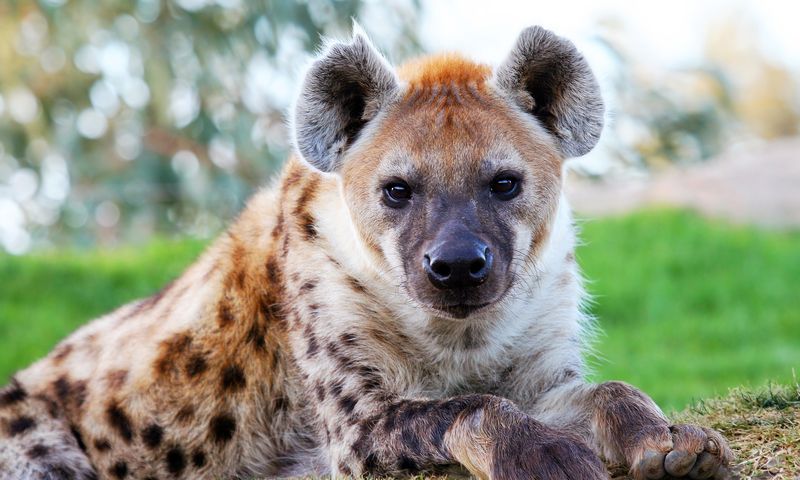
Females rule in hyena society, growing larger and more dominant than males. Their distinctive “laugh” actually communicates excitement or nervousness, not amusement.
Contrary to their scavenger reputation, hyenas kill up to 95% of their food. Their powerful jaws can crush elephant bones, and their complex social structures rival those of primates.
9. The African Wild Dog
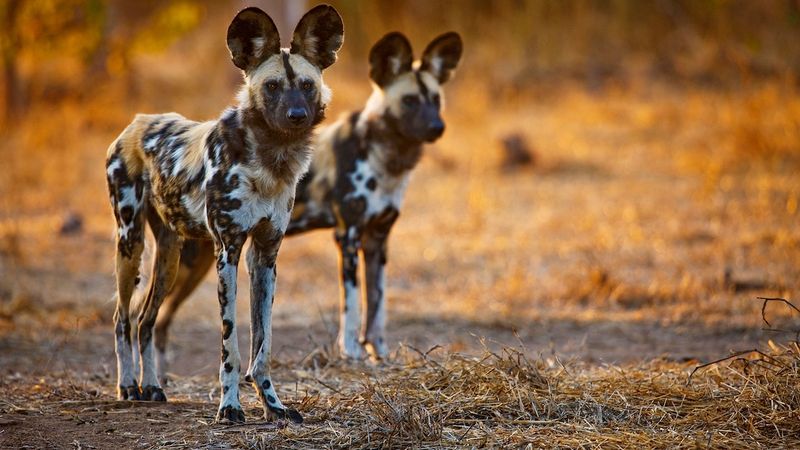
Sporting mottled coats as unique as fingerprints, wild dogs boast an 80% hunting success rate—far higher than lions. Their coordinated pack tactics involve taking turns chasing prey to exhaustion.
Tragically misunderstood, these endangered canids face persecution from farmers despite rarely attacking livestock. Their highly vocal communication includes chirps, whines, and distinctive “hoo” calls.
10. Nile Monitor

Armed with razor-sharp claws and powerful tails, these massive lizards can exceed seven feet in length. Their forked tongues constantly sample the air, providing a three-dimensional chemical map of their surroundings.
Surprisingly intelligent, Nile monitors can remember complex routes and recognize individual humans. Their defensive displays include throat inflation and tail-whipping that can break human bones.
11. The Ostrich
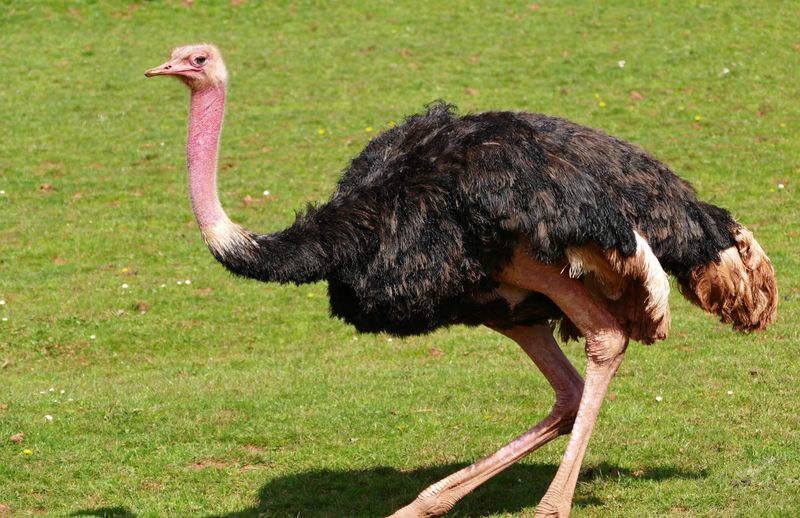
Reaching speeds of 45 mph, ostriches outrun most predators with their powerful legs. Those same limbs deliver kicks powerful enough to disembowel lions—their main natural threat.
Contrary to popular belief, ostriches never bury their heads in sand. When threatened, they either flee at incredible speeds or lie flat against the ground to become less visible.
12. Mantis Shrimp
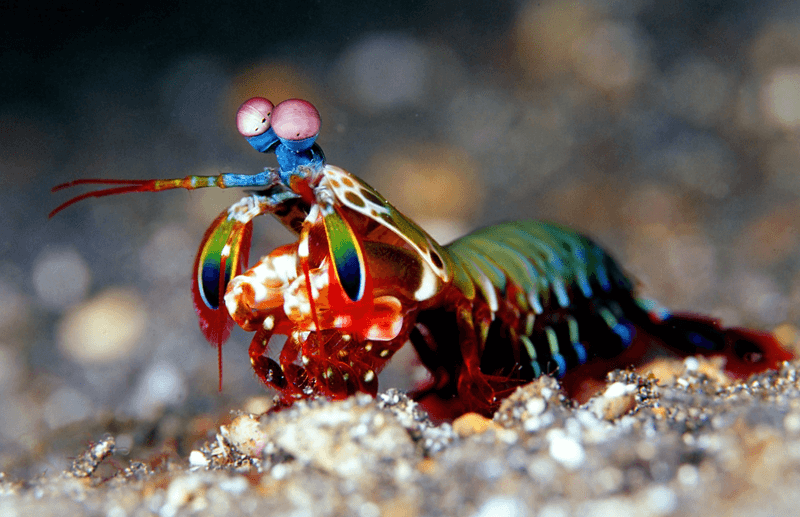
Found in Africa’s coastal waters, these rainbow-colored crustaceans pack an explosive punch. Their specialized forelimbs accelerate with the force of a .22 caliber bullet, creating cavitation bubbles that produce light and heat.
Beyond their weapons, mantis shrimp possess the most complex eyes in the animal kingdom. They can see polarized light and more color wavelengths than humans can imagine.


